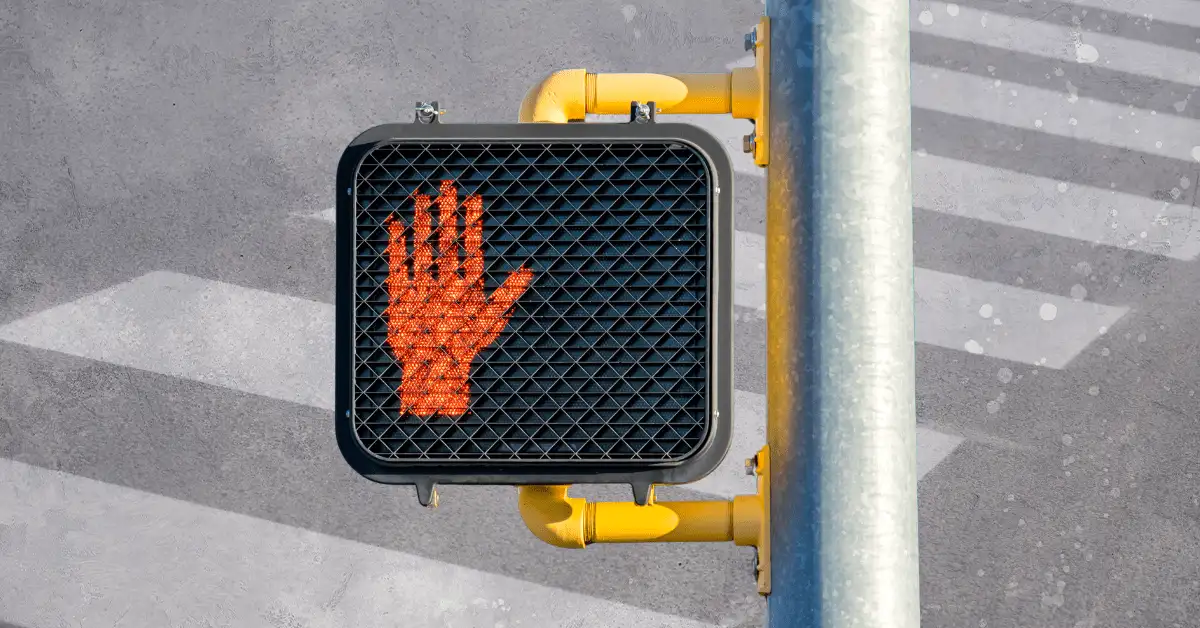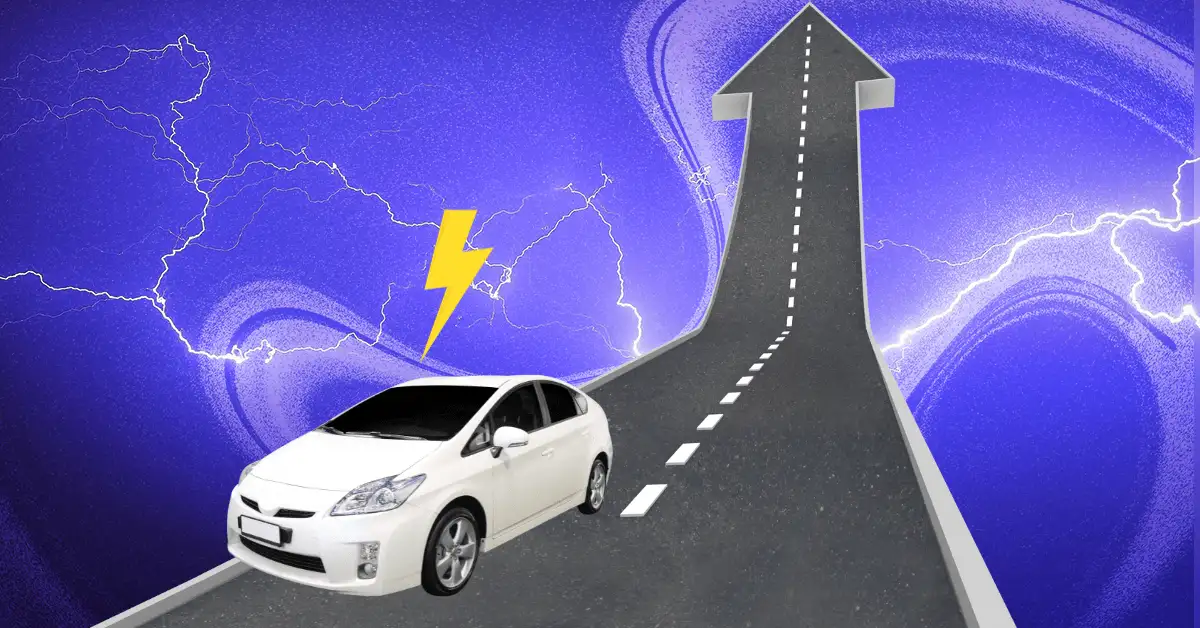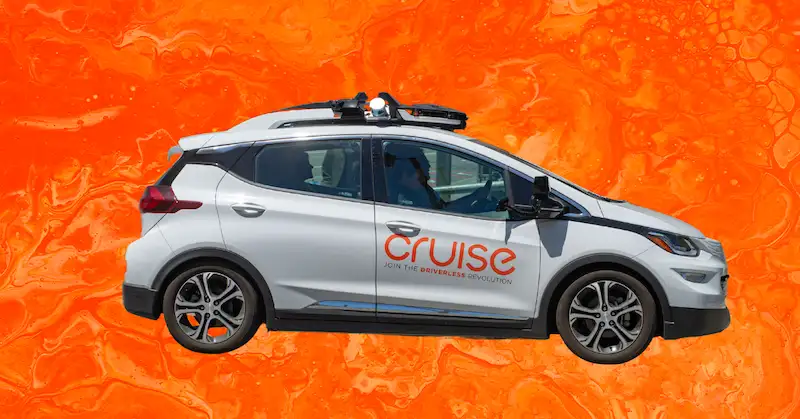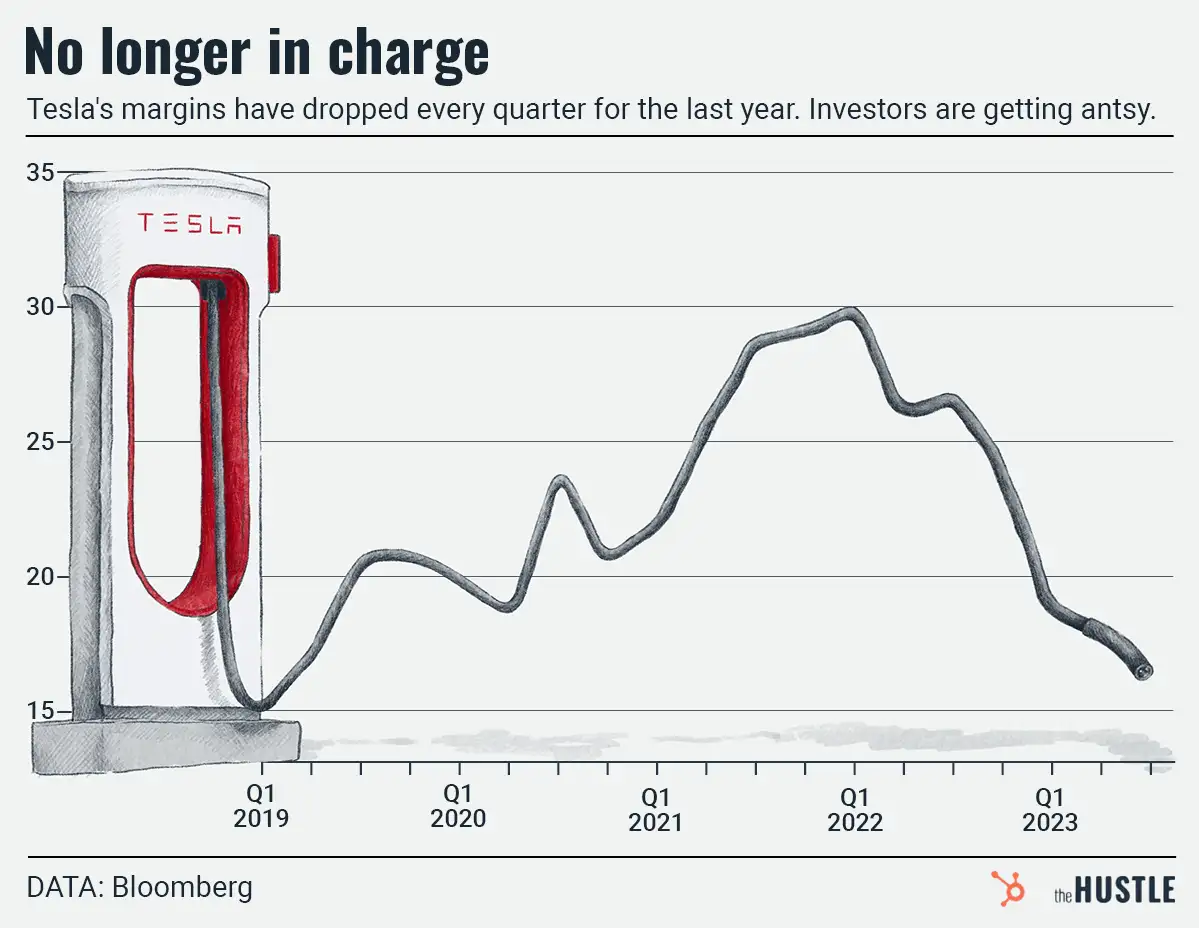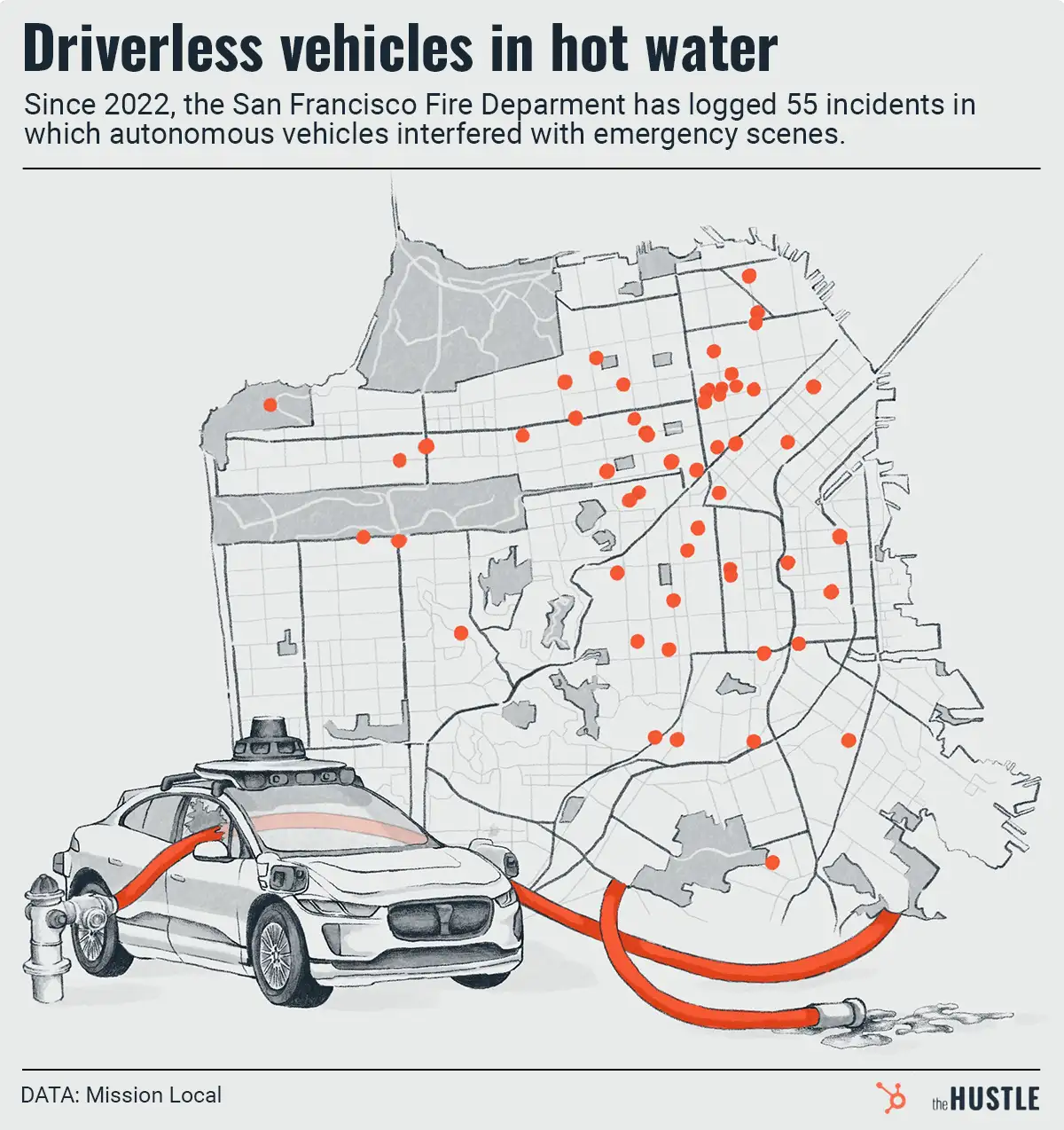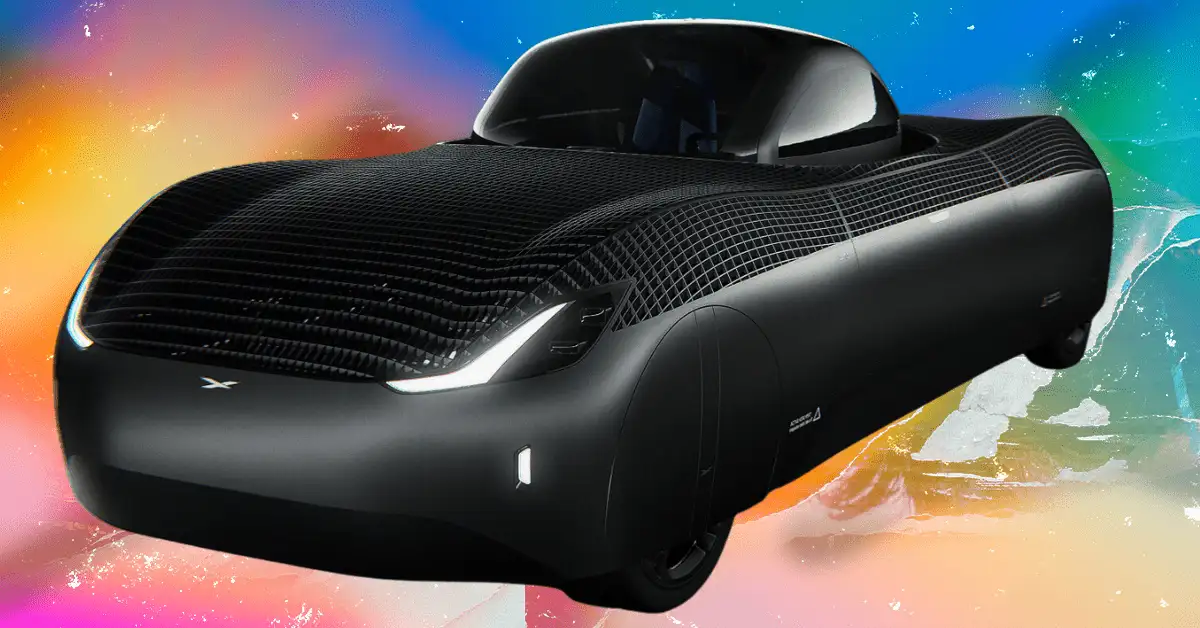When Uber bought Otto for $700m last month, people viewed it mainly as a “talent acquisition,” meaning the Ube was interested in bringing on Otto’s 70 employees, not necessarily the core technology.
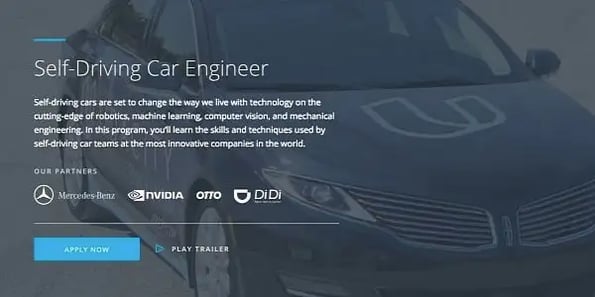
Same goes for GM’s $1B acquisition of Cruise in March. They wanted Cruise’s 40 self-driving car experts to come kick it in Detroit and do smart people stuff.
Which means…
The going rate for self-driving car talent these days is at least $10m per person, an astronomical figure that reflects an exponential rise in demand.
Self-driving car programs are popping up all over the world, with 10 companies saying they’ll be in the game by 2020 (when some 10 million driverless vehicles are expected to be on the road).
There’s also a huge lack of talent supply
According to Sebastian Thrun, the mastermind behind Google’s self-driving car, “Companies are desperate for talent. But the skill set to build a self-driving car is a multidisciplinary skill set [and] that broad skill set is just not there.”
That’s because there’s only one machine learning program in the world and it’s at Carnegie Mellon. And by the way, that program is “scrambling to recover” after Uber poached away 40 of its researchers.
Fun fact: Carnegie Mellon is in Pittsburgh, PA which is also why Uber’s first self-driving tests with Volvo launched there.
The proposed solution
Udacity, the online teaching school that Thrun co-founded in 2012, is now partnering with companies like Otto, Mercedes-Benz, and Didi Chuxing (the Chinese Uber) to create a self-driving “nanodegree” program.
The program, which lasts 9 months, was designed around one single question: What would it take for these graduates to get a job at one of the partnering companies?
Here’s the link to apply to the program if you’re looking to mix it up and start bringing in a $138k starting salary in a matter of months.
Just know you have some pretty serious competition — they’ve received thousands of apps already and will only admit 250 students.


